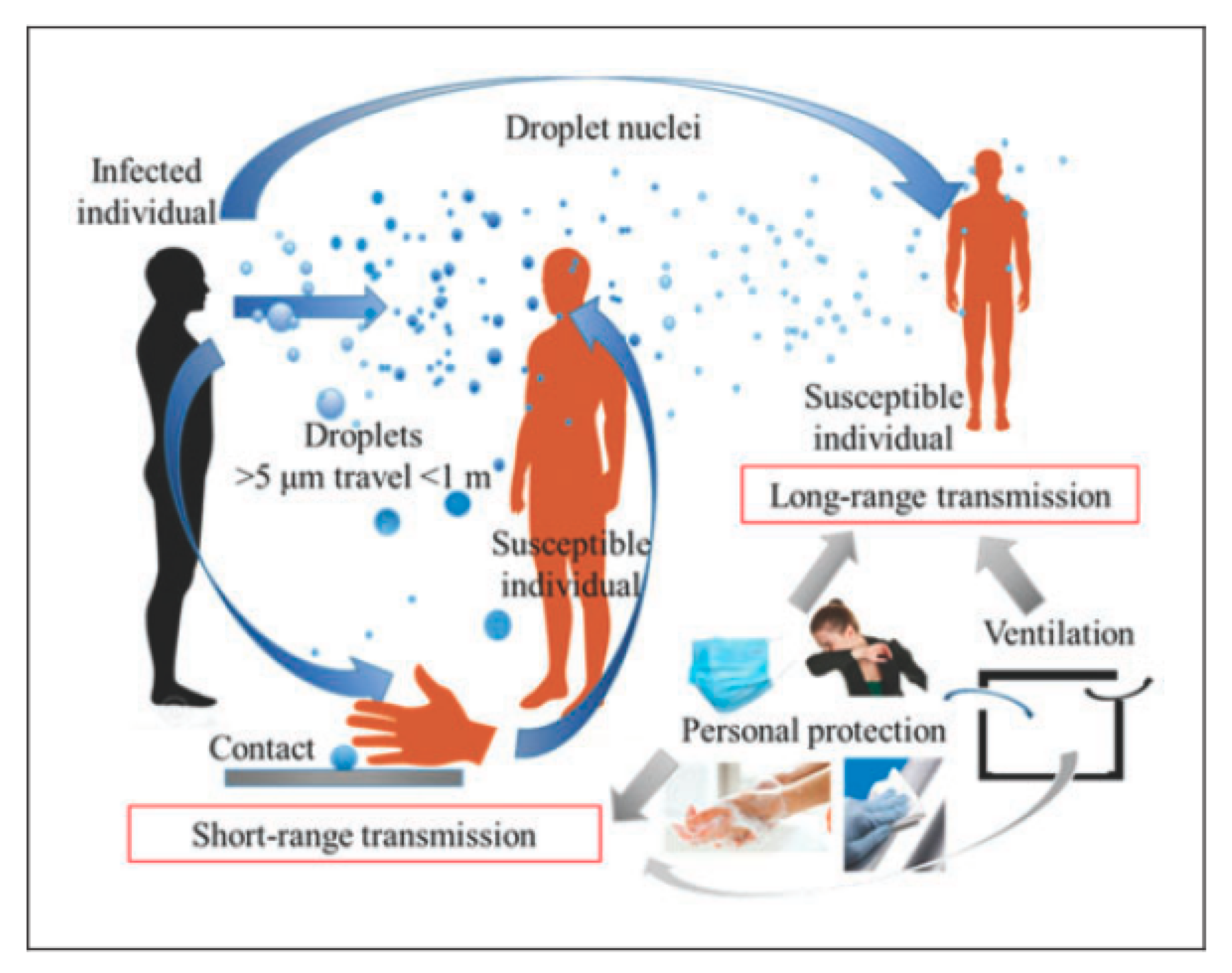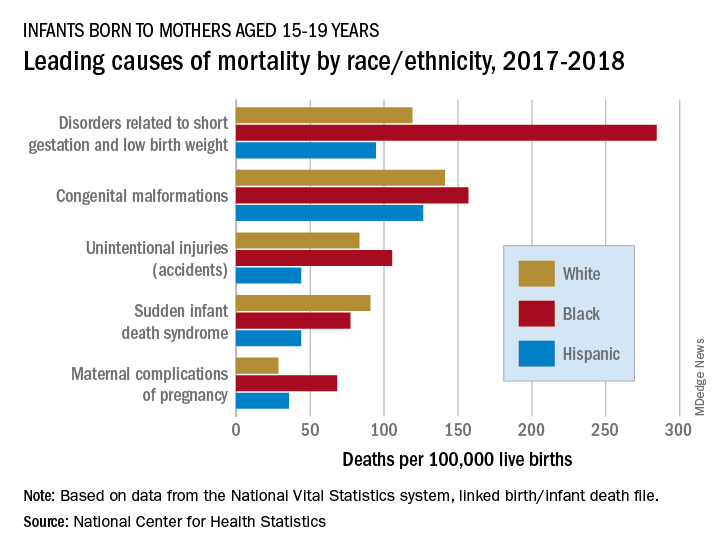Airborne disease research plays a crucial role in understanding how pathogens can be transmitted through the air, highlighting the complexities of disease control. Historical insights from figures like William Firth Wells demonstrate the challenges and advancements in this field. In his discussions, renowned science communicator Carl Zimmer emphasizes the importance of personality in scientific progress, suggesting that a researcher’s character can significantly impact the acceptance of groundbreaking ideas. For centuries, misconceptions about airborne pathogens overshadowed the realities of how illnesses spread, requiring extensive efforts to shift public perception. As we delve into the history of disease control, it becomes evident that the evolution of our understanding relies heavily on the work of pioneering individuals and their often disregarded contributions to science.
Explorations in the field of respiratory infections delve into the intricate connections between airborne pathogens and public health. Such studies reveal how diseases can transmit through the air, raising questions about our strategies for controlling outbreaks. Esteemed personalities in this realm, like the influential William Firth Wells, laid the groundwork for contemporary understanding yet faced hurdles due to their uncharismatic presentations. Additionally, the contributions of figures such as Carl Zimmer shine a light on the historical context that shapes our current approaches to disease management. As we navigate the complexities of respiratory diseases, it is essential to appreciate the interplay of scientific discovery, sociocultural dynamics, and the historical legacy of these pioneering researchers.
The Impact of Personalities on Airborne Disease Research
In the realm of scientific advancement, personalities can play a pivotal role in shaping the public’s perception and acceptance of groundbreaking theories—especially in the context of airborne disease research. Carl Zimmer highlights this phenomenon through the case of William Firth Wells, whose significant contributions to understanding airborne pathogens were overshadowed by his socially awkward demeanor. Wells’ experience reflects the broader implications of how personal attributes can sometimes hinder the dissemination and acceptance of vital scientific discoveries.
Wells’ critical work in demonstrating the transmission of diseases via air was groundbreaking, yet he often struggled to communicate his findings effectively. As Zimmer notes, a disjointed lecture delivery and an unappealing personality kept Wells from gaining traction within the scientific community. This raises essential questions about how researchers can ensure their contributions are recognized and valued, regardless of their social skills. In an era where collaboration and communication are increasingly prioritized, the need for supportive scientific environments that embrace diverse personalities becomes increasingly clear.
Airborne Pathogens: A Historical Perspective
The history of airborne pathogens is a fascinating tapestry woven through scientific inquiry and societal beliefs. Going back to ancient Greece, the concept of ‘miasmas’ held sway, suggesting that foul air could induce illnesses, a notion that persisted long after the discovery of microbes. The shift from blaming miasmas to acknowledging microorganisms as the culprits of diseases was a gradual, often contentious process. Pioneers like Gottfried Ehrenberg and Louis Pasteur challenged convention through their empirical work, but the acceptance of air as a medium for disease transmission struggled against centuries of ingrained beliefs.
As health crises like the cholera outbreaks in the 1830s arose, public and scientific clamor for clarity continued to underscore the need for recognition of airborne dangers. It wasn’t until researchers like Wells, who sought to explore air as a vehicle for pathogens, that the scientific community began to systematically address these distractions in disease control. Despite facing skepticism and career setbacks, Wells’ insistence on the significance of air quality in disease transmission was a crucial stepping stone toward modern epidemiology, illustrating how historical resistance to new ideas can impact public health progress.
Carl Zimmer’s Insights on Disease Control
Carl Zimmer’s analysis of the delayed acceptance of airborne disease theory sheds light on the complexities surrounding public health education. His book, ‘Air-Borne: The Hidden History of the Life We Breathe,’ draws attention to the long-standing ignorance regarding how air can carry infectious agents. Zimmer emphasizes that understanding airborne disease transmission is more than a scientific endeavor; it is crucial for informing health policies and preventive measures in our current climate of respiratory diseases, particularly amidst a global pandemic.
The insights shared by Zimmer not only illuminate the historical struggles of researchers like Wells, but also underscore the importance of clear communication in science. By capturing the rich narrative of airborne disease research, Zimmer urges a reevaluation of how scientific personalities—both engaging and difficult—impact the acceptance of transformative ideas. This holistic view advocates for a more inclusive approach to scientific discourse to ensure emerging health threats are appropriately addressed.
Overcoming Stigmas in Scientific Communication
The stigmas surrounding scientists, particularly in a field as critical as airborne disease research, can often hinder the advancement of knowledge. Individuals who may have groundbreaking insights, much like Wells, can find themselves marginalized due to their personal quirks or communication styles. Zimmer’s reflection on Wells invites contemplation about the need for a shift in the culture of science, where unique personalities are not just tolerated but embraced as a driving force for innovation and discovery.
Furthermore, recognizing scientists as complex individuals rather than just repositories of knowledge can enrich public understanding and appreciation of research. When members of the scientific community advocate for a more inclusive environment that prioritizes various communication styles and approaches, it opens the door for greater collaborations and advancements. Beyond just technical expertise, fostering emotional intelligence and public engagement in scientific discourse can enhance the public’s connection to health-related findings, paving the way for more robust responses to airborne diseases.
The Intersection of Science and Personality
The intriguing interplay between personality traits and scientific success is vividly illustrated in the study of researchers like William Firth Wells. Carl Zimmer posits that while scientific rigor is paramount, the ability to engage, advocate, and communicate findings to both the public and peer group is equally vital. Wells’ rather unfortunate demeanor acted as a barrier that encumbered his profound contributions to the understanding of airborne pathogens. This scenario serves as a critical reminder about the importance of not only the findings themselves but also the personalities behind these findings.
In a discipline that significantly impacts public health, the stories of scientists—complete with their strengths and flaws—can and should resonate on a broader scale. When individuals like Wells fail to gain the public platform their research merits due to personal issues, it can delay essential advancements in health policy and education. As we reflect on this intersection, it becomes clear that fostering diverse personalities within science isn’t just beneficial; it is essential for the evolution of knowledge and its application.
Lessons from the History of Disease Control
The rich history of disease control illuminates several crucial lessons for contemporary health challenges. The narrative encapsulated in Zimmer’s discourse emphasizes the necessity of integrating scientific research into public consciousness—particularly in the domain of airborne diseases. Historically, the failure to recognize the true nature of disease transmission has led to devastating consequences. Understanding these lessons not only relates to historical figures like Wells but also informs our current approach to managing emerging health threats.
By learning from the past, we can appreciate the intricate ties between scientific inquiry, societal acceptance, and the pivotal role of communication in fostering advancements in disease control. As the world faces ongoing public health crises, reflecting on the trials faced by early airborne disease researchers can inspire renewed advocacy for effective science communication strategies. Such efforts must include recognizing the varied pathways researchers take to inform and protect public health, promoting a multifaceted understanding of disease transmission.
The Role of Collaboration in Public Health Research
Collaboration has emerged as a cornerstone in advancing public health research, particularly in the study of airborne pathogens. Carl Zimmer’s exploration of William Firth Wells’ life highlights both the importance of individual contributions and the collaborative environments that can either stifle or amplify such efforts. Wells’ innovative concepts surrounding airborne disease were significantly advanced through partnerships yet were repeatedly hampered due to personality conflicts and misalignments in research priorities.
Modern health research underscores the necessity of cohesive teamwork, where diverse perspectives contribute towards a shared goal. With the complexities of airborne pathogen transmission revealing their intricacies, interdisciplinary collaboratives allow for a more comprehensive understanding of challenges posed by these pathogens and ensure that findings are translated into practice effectively. In this context, fostering the spirit of collaboration among scientific communities could mitigate the isolation that often beleaguers innovative researchers.
Evolving Definitions of Air Quality and Health
The evolution of our understanding of air quality’s impact on health has profound implications for public policy and disease control measures. Zimmer’s discourse on the historical stigma surrounding air as a vector for disease underscores the necessity of evolving definitions in public health discourse. As research, such as that done by Wells, becomes increasingly relevant in contemporary discussions around airborne pathogens, it compels a reevaluation of how air quality is integrated into health assessments.
Addressing air quality not only in terms of pollution but also in relation to microbial load reflects a more complex and holistic view of health. As the dialogue surrounding airborne diseases continues to expand, so too must the methodologies employed to assess environmental risks. This knowledge is crucial for formulating intervention strategies, reminding us that the journey toward understanding the health implications of air quality is one where current science must continually adapt to evolving realities.
Integrating Historical Insights into Future Research
Integrating historical insights into contemporary research on airborne diseases enriches our understanding and can lead to more effective intervention strategies. Zimmer’s examination of Wells’ contributions serves as both a cautionary tale and a beacon of inspiration, demonstrating the challenges that researchers can encounter when their innovative ideas clash with prevailing attitudes. By learning from these historical contexts, current scientists can better navigate the complex landscape of public health research and communication.
Understanding the trajectory of airborne disease research is not merely an academic exercise; it can inform the strategies employed to address modern health threats. By incorporating lessons from earlier researchers, such as Wells, scientists today can cultivate resilience against the social hurdles that may accompany their work. This fusion of past and present illustrates the importance of a unified approach in science—one that honors the legacies of earlier work while driving forward a commitment to rigorous, impactful health research.
Frequently Asked Questions
What are the key findings of Carl Zimmer regarding airborne disease research?
Carl Zimmer highlights the significant contributions of William Firth Wells in airborne disease research, noting how his work laid foundational insights into how airborne pathogens spread disease. Despite Wells’ groundbreaking discoveries, including the role of UV light in eliminating airborne pathogens, his socially awkward demeanor adversely affected the public acceptance and recognition of his research.
How did William Firth Wells contribute to the history of disease control through airborne transmission studies?
William Firth Wells was pivotal in the history of disease control as he conducted early experiments demonstrating that airborne pathogens could transmit diseases. His research led to the development of infection chambers and highlighted the importance of air quality in public health, notably during disease outbreaks like measles.
What challenges did researchers face in establishing the concept of airborne pathogens?
Researchers historically faced skepticism in establishing the concept of airborne pathogens, often due to prevailing theories like miasmas, which attributed illnesses to bad air rather than specific microorganisms. The contributions of scientists like Wells were often overshadowed by their personalities, which inhibited wider acceptance of their groundbreaking research in airborne disease.
Why is the personality of researchers like Wells relevant to the advancement of airborne disease research?
The personality of researchers, as illustrated by Wells, plays a crucial role in the advancement of airborne disease research. Wells’ socially awkward nature and communication failures hindered the acceptance of his vital findings, illustrating how scientific progress can be affected not just by data, but also by the public perception of the scientists behind the research.
What lessons can be learned from the history of airborne disease research regarding public health policy?
The history of airborne disease research underscores the importance of effectively communicating scientific findings to the public and policymakers. As demonstrated by Zimmer’s analysis of Wells’ work, scientific breakthroughs can be overlooked if not presented compellingly, highlighting the need for researchers to also prioritize public engagement in airborne disease research.
What role did public perception play in the recognition of William Firth Wells’ work on airborne diseases?
Public perception played a significant role in the recognition of William Firth Wells’ work on airborne diseases. His dull lecture style and socially awkward interactions overshadowed his crucial research contributions, illustrating how a scientist’s personality can influence the acceptance and influence of their findings on airborne pathogens.
How did Carl Zimmer’s book ‘Air-Borne’ reflect on the historical challenges of airborne disease research?
Carl Zimmer’s book ‘Air-Borne’ reflects on the historical challenges of airborne disease research by chronicling key figures like William Firth Wells, whose innovative ideas about airborne pathogens were often ignored due to societal attitudes towards personality in science. The book emphasizes the long, difficult journey of recognizing the air around us as vital to understanding disease transmission.
In what ways did William Firth Wells’ research validate the presence of airborne pathogens?
William Firth Wells’ research validated the presence of airborne pathogens through experiments using infection chambers and centrifuges to demonstrate how airborne microbes could spread diseases. His innovative approaches, although initially dismissed, were later confirmed when his findings were put to practical tests, reinforcing the need for rigorous airborne disease research.
| Key Points | Description |
|---|---|
| Researcher Background | Carl Zimmer discusses the shortcomings faced by William Firth Wells due to his personality. |
| Historical Context | The understanding of airborne diseases has evolved from ancient theories of miasmas to modern germ theory. |
| Wells’ Contribution | Wells conducted significant research on airborne pathogens and their spread through human exhalations. |
| Challenges Faced | Wells’ unappealing presentation style and personality hindered the acceptance of his findings. |
| Later Developments | Despite his contributions, Wells’ research was not acknowledged until after his death, owing to his perceived shortcomings. |
Summary
Airborne disease research remains a critical area in public health, as the historical context reveals the struggles researchers face not only in their scientific endeavors but also in gaining public and professional acceptance. Carl Zimmer’s insights regarding William Firth Wells highlight how personal attributes can profoundly impact the trajectory of research. This underscores the importance of not only scientific rigor but also effective communication in advancing our understanding and control of airborne diseases.



